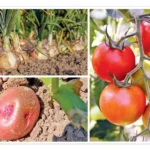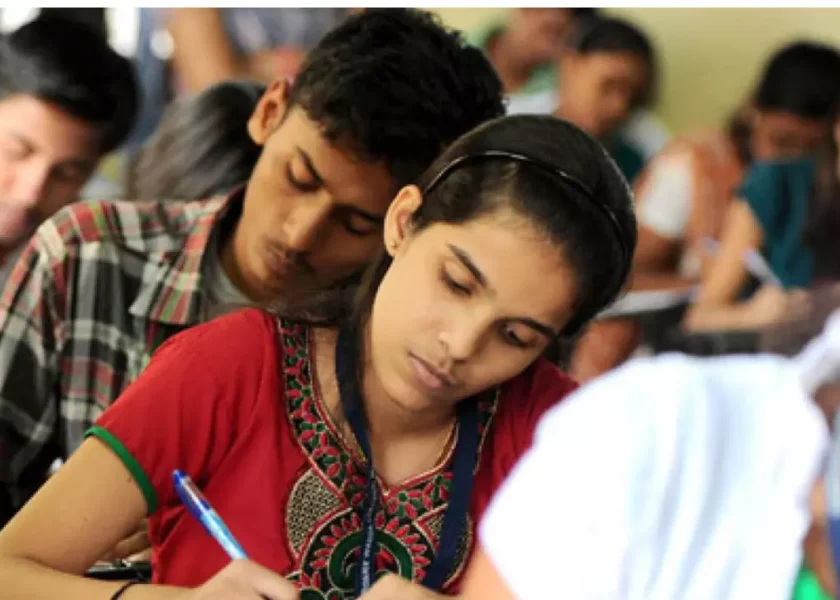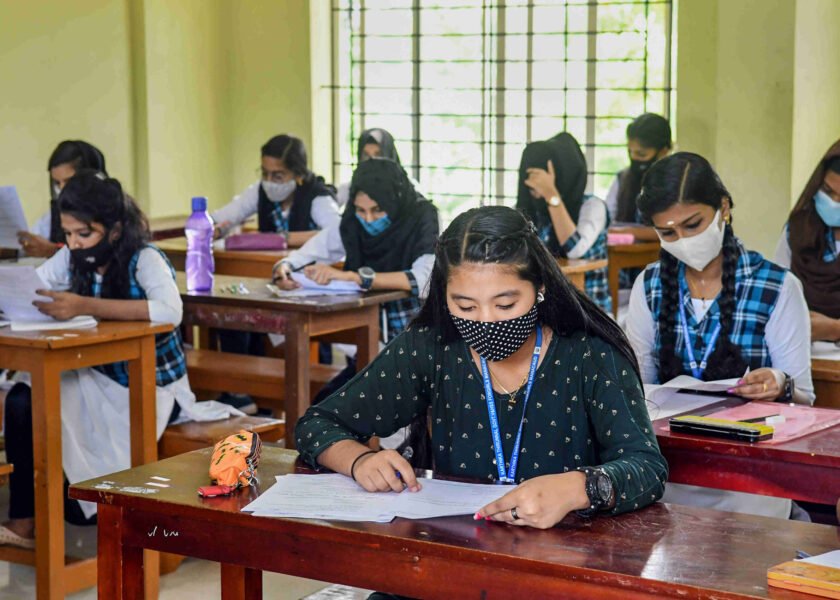Dealing with a distress
To resolve the recurring crisis faced by growers of TOP vegetables, policymakers should build a sustained institutional mechanism to ensure price assurance for farmers
Recently, we read that the onion farmers in Maharashtra were suffering due to low prices of their products in the Lasal Gaon Mandi. There was a farmers’ agitation on this issue, and the Maharashtra onion growers have been on relay hunger fasts. They are also marching from the onion-growing areas to Mumbai. Similarly, there is an issue regarding the prices of tomatoes where the farmers are barely getting Rs 7 per kg which is not sufficient to cover their costs. There is a glut in the potato market in Uttar Pradesh which is the largest grower of potatoes in the country. Recently, a news came that the farmers are getting less than Rs 5 per kg, which has got them agitated and, in various districts of the potato belt, they are taking to the streets to voice their protest. The UP government has responded by fixing the price at Rs 6.5 per kg, which has not enthused the farmers who are threatening to throw their crops on roads unless a minimum support price of Rs 10 per kg is provided to them.
Year after year, these three crucial horticulture crops, without which any Indian dish cannot reach the table, have been facing a serious crisis. It would be better to have a sustained institutional mechanism to deal with this issue rather than having knee jerk reactions which often are a case of too little and too late. One problem identified by policymakers is that of storage, but UP does not face this issue as there are 2,406 cold storages in the state, with an overall capacity of 14 million tons. These are all concentrated in the potato belt of UP but, still, the problem has not been resolved and, after every few years, this issue of steep fall in the price of potatoes is raised. There is no denying that the farmers of these three most important crops need a minimum remunerative price. It is also true that further work has to be done in developing modern storage, farmgate infrastructure and value addition through processing. We need to divert the farmers from growing the traditional wheat and paddy crops. The agriculture growth rate in horticulture crops is much higher and if proper logistics and market reforms are carried out, it would significantly add to increasing the incomes of the farmers.
At this juncture, I would also like to discuss the efficacy of the market intervention scheme (MIS) for these crops which comes into operation once the proposal sent by the state government is approved by the Ministry of Agriculture, Government of India. The proposal sent by the state government indicates the cost of production and, accordingly, suggests a market intervention price and the quantity to be purchased. This is examined by the experts at Government of India level, and the MIS price and quantity is decided. However, in reality, very little quantity of the commodity is purchased. It is true that a mere announcement of the price lifts the market sentiment, and the price that the farmer gets in the market becomes better, but that is not enough to meet his costs and afford him a decent margin. If large-scale procurement is done then it would certainly provide a lot of support to the farmers, but this is normally not done due to a structural problem with the MIS scheme. I recall that as Managing Director of NAFED, I had the responsibility of carrying out these MIS operations on several occasions, and found the scheme not really satisfactory. Actually, the scheme says that the procuring agency should dispose of the stocks purchased at not more than 25 per cent loss. The reality of the agriculture marketing scenario is that this does not happen and the procurement agency has to incur a loss of more than 25 per cent which is not reimbursed by the Government, and the procurement agency cannot be expected to suffer losses on this account. It is for this reason at the time of price fixation that the Government of India is conservative in deciding the price which does not make the farmer happy and does not lift the market prices to the desired level. The Government of India must seriously examine the viability of the MIS scheme. It needs to be redrawn considering the needs of the farmers and the procuring agencies. Once again, in the current UP case, not much is going to be procured, and it has to be seen to what extent the market sentiment would improve.
It is true that in addition to MIS, the state government can consider other initiatives like organising buyer-seller meets, exporting the crops to other countries, and even to the states of India where there may be a requirement. In the case of potatoes, regular procurement on the basis of a remunerative support price can be done by linking this to providing potatoes in the Mid-Day Meal scheme and other nutrition interventions.
In the 2018-19 Union Budget, the Government of India showed its awareness of the problems faced by the farmers producing tomatoes, onions, and potatoes, and announced a new scheme called operation green for these crops which they labelled as ‘TOP’. We are all aware of the tremendous success story of operation flood in relation to procurement, storage and processing of milk. The Amul story is a landmark achievement. An attempt has been made to replicate this model for oilseeds and pulses since the 1980s without much success. Even for the TOP crops, so far, it has not been successful. The Government of India itself diluted the scheme by extending it to all fruits and vegetable crops. In my opinion, this led to a situation where the focus moved away from the TOP crops that were in maximum need of assistance. The scheme was handled by the Food Processing Ministry which was to provide subsidy at 50 per cent of the costs of both transportation of eligible crops from surplus production clusters to consumption centers, and / or hiring of appropriate storage facilities for eligible crops for a maximum period of three months. The objective was to enhance the value realisation for TOP farmers. NAFED was to be the nodal agency to implement these price stabilisation measures. This was to be handled by developing FPOs (Farmer Producer organisations), building their capacity, developing post-harvest processing facility, providing Agri logistics, and creating and managing e-platform for demand and supply management of these crops. Unfortunately, so far, this well-intentioned intervention has not yielded results. The scheme needs to be evaluated, considering the feedback from farmers and other stakeholders, and amended to make it relevant.
It is clear that TOP crops need a separate market intervention scheme, and it should be limited to only the three crops. This will lead to a greater focus on these commodities which are vital for the Indian economy and the interests of a large number of farmers are connected to this. A mechanism for giving price assurance to farmers of these crops, and to link it to the entire value chain, are the need of the hour. I would suggest that the government launches a new mission to implement the required intervention in a sharply focused manner.
The writer is an ex-Chief Secretary, Govt of Uttar Pradesh. Views expressed are personal




